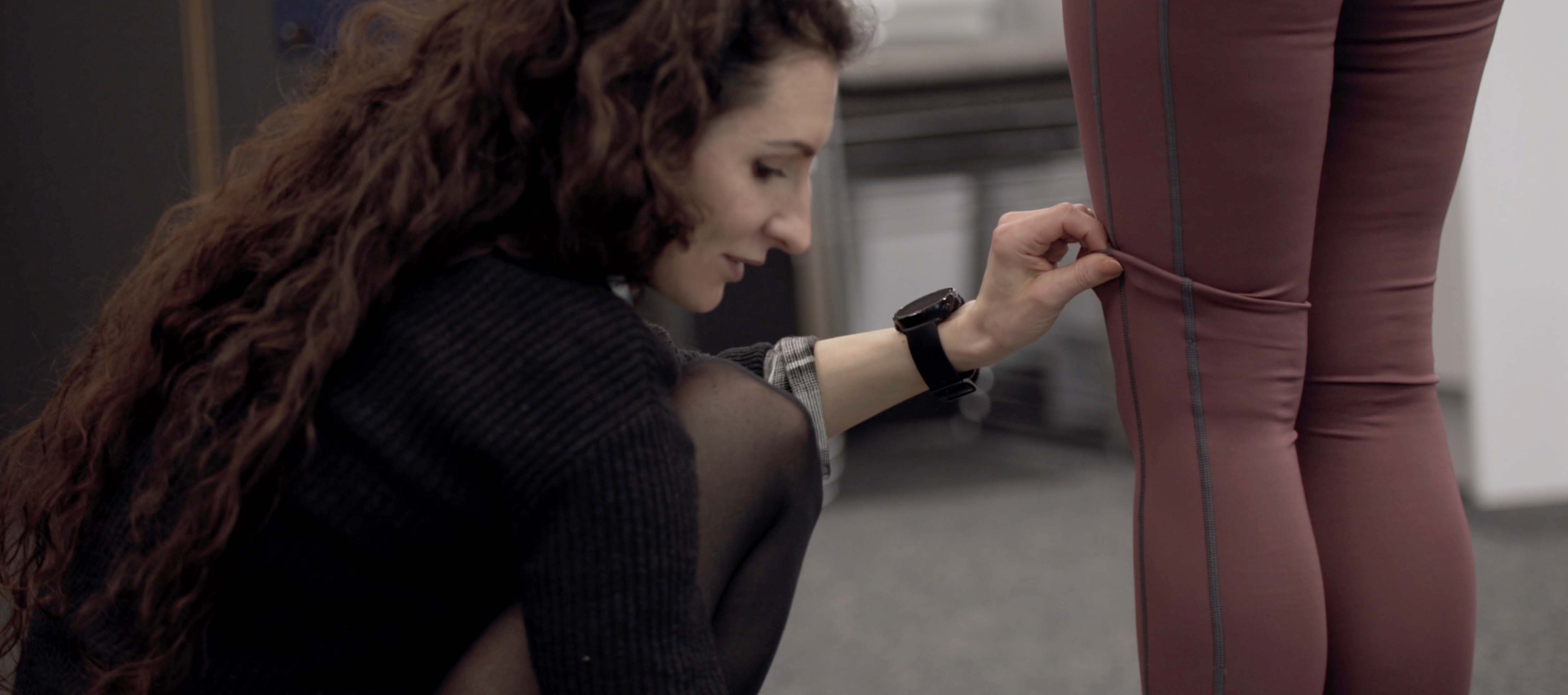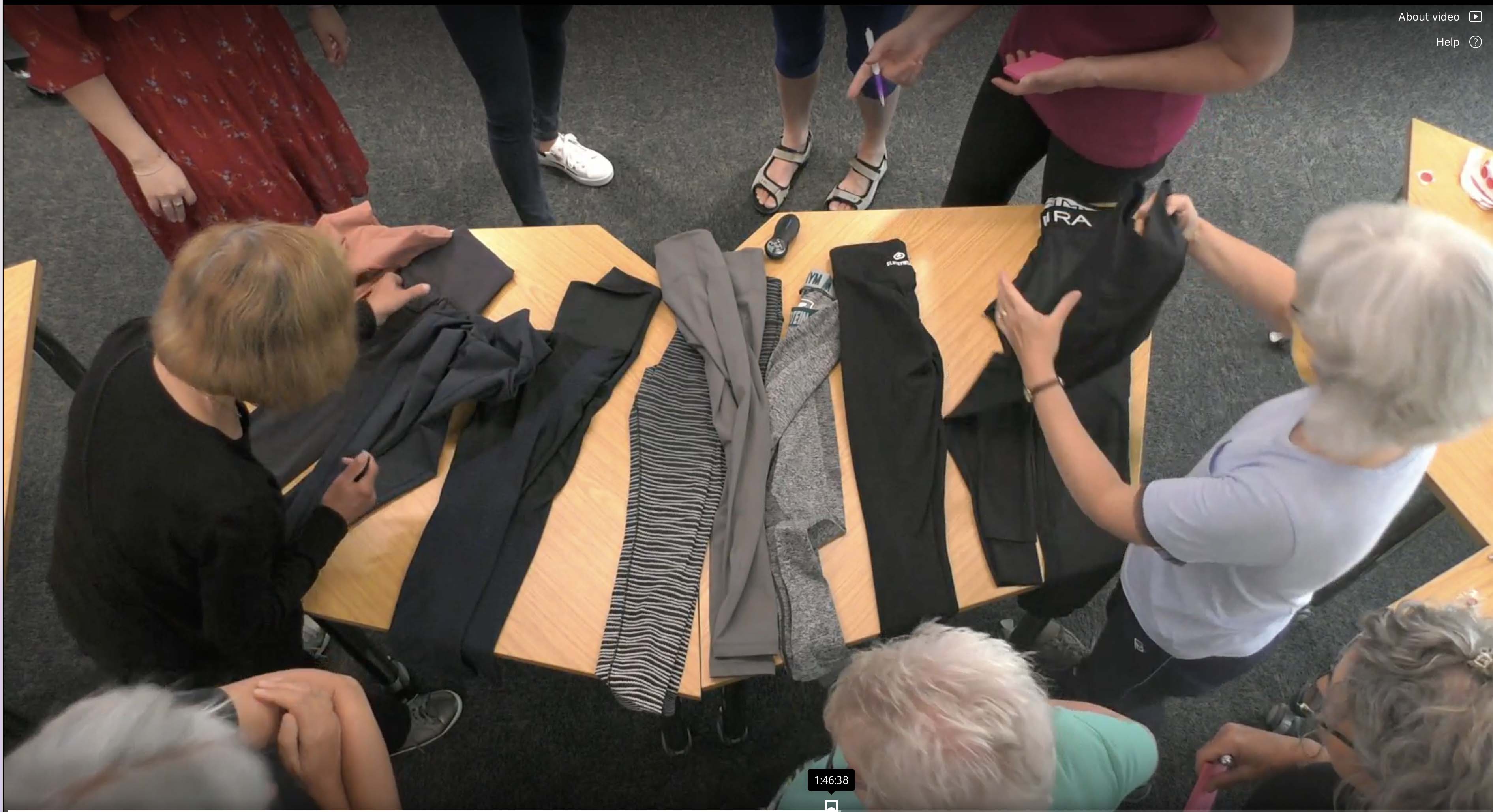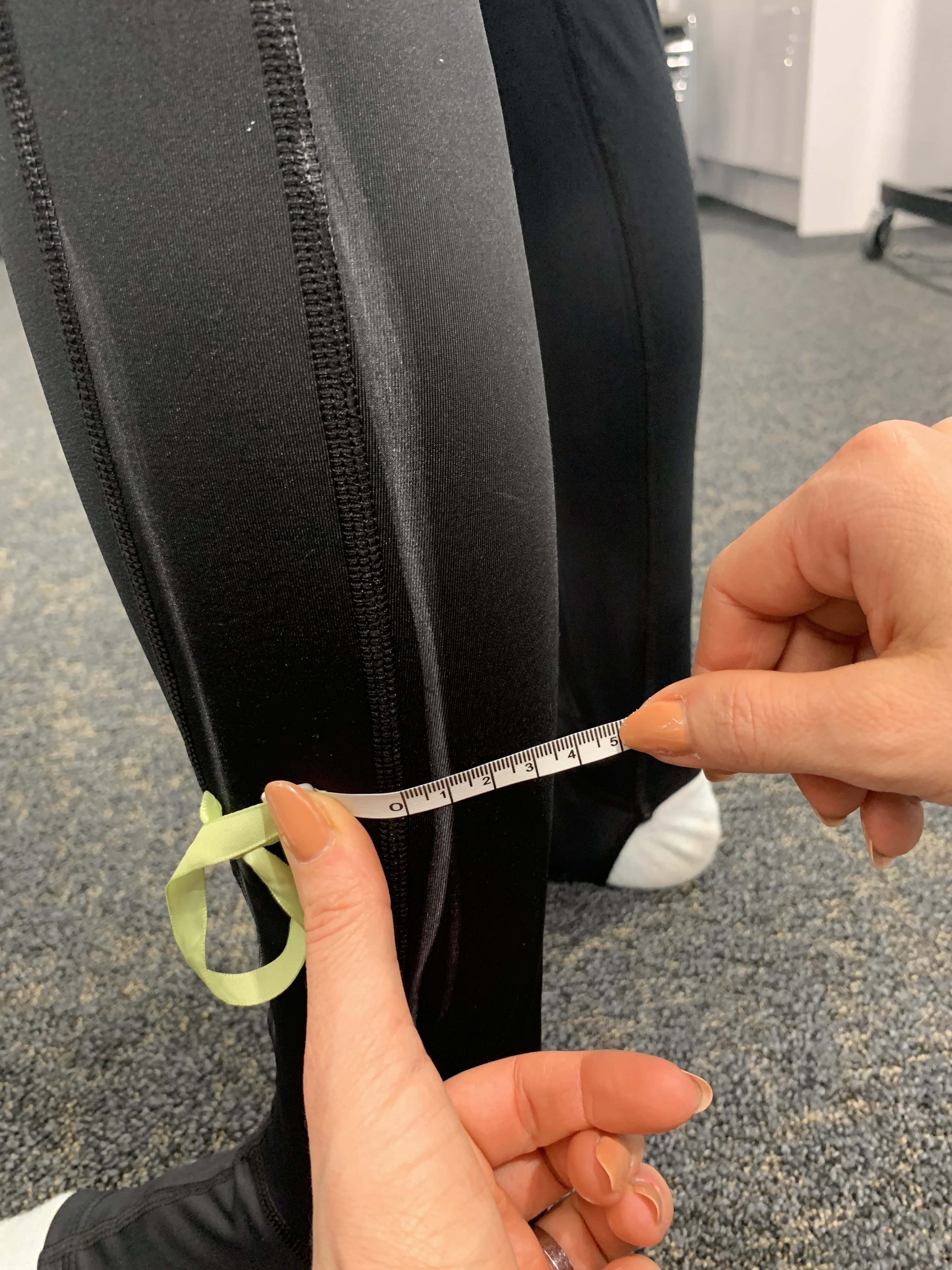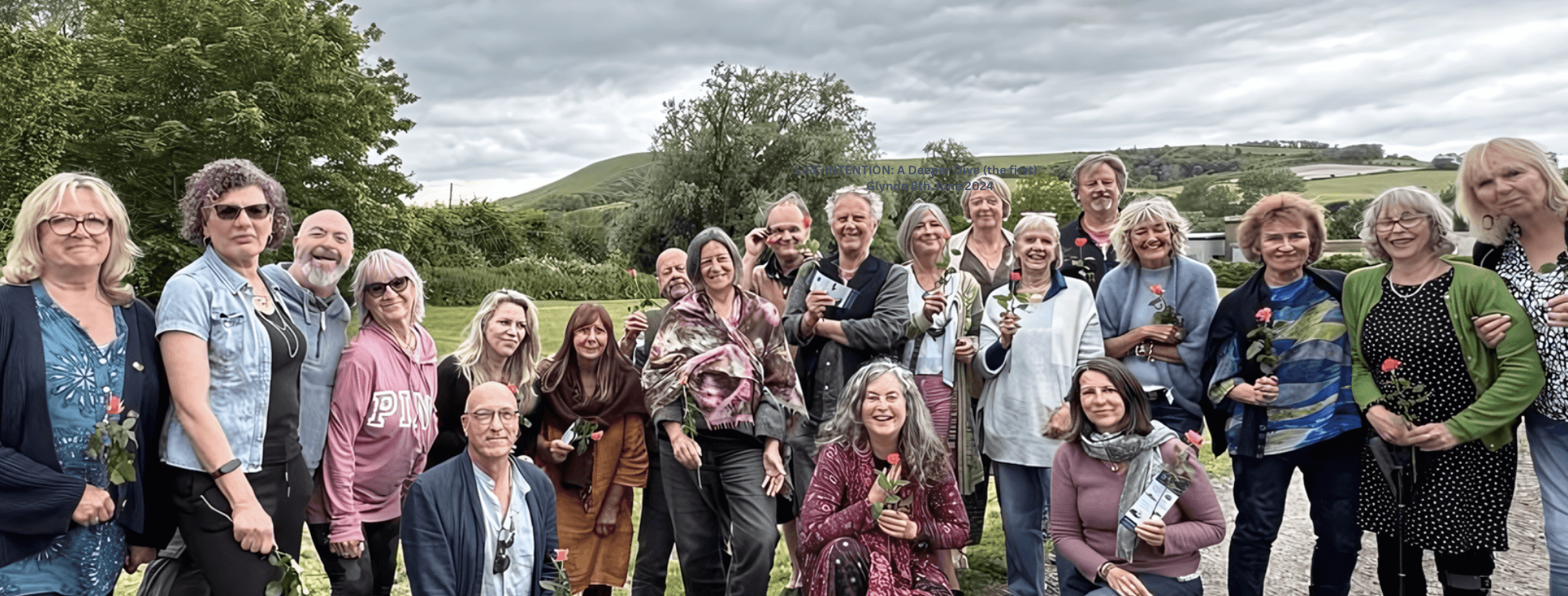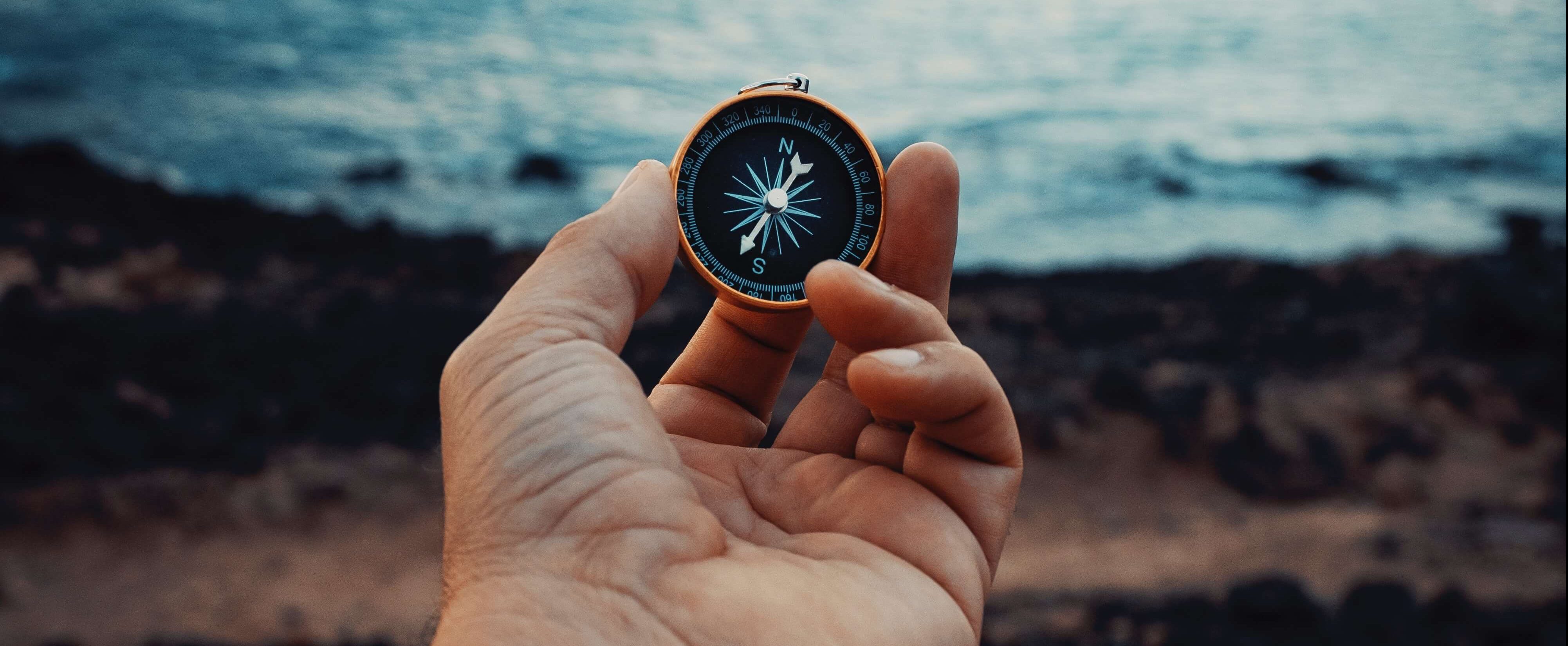Clara Sbraccia is the Grants and Project Manager at KYMIRA, making sure that all projects are delivered on time and within budget. Clara has a background in fashion and user experiences, which help her to make sure end users and customers are always at the heart of everything we create
Lucinda Abell Black leads the design and garment technology at KYMIRA. She initially studied BA (Hons) Fashion Design Technology at the London College of Fashion, followed by an MA in Textiles at the Royal College of Art. Over the last decade, alongside her design work, she has progressed a passion for health and fitness by running her own personal training studio and teaching group exercise classes. She have learnt a lot about participant’s experiences, including with sportswear and smart wearables, which has motivated her to improve inclusion in this sphere. More recently, she studied MSc Sport and Exercise Science and Physiology at Manchester Metropolitan University. The multidisciplined role at KYMIRA allows Lucinda to combine and draw upon all of her academia and work experiences to date.
KYMIRA creates technology enabled garments, grounded in science, that deliver a competitive advantage in human performance. Its mission is to be at the very cutting edge of smart garment innovation, creating technologies that put the human at the centre. KYMIRA’s bio-responsive range, with IR emitting ceramics embedded into the core of each fibre, allow individuals to enjoy the benefits of infrared exposure 24/7, simply by wearing their apparel. These benefits – such as increased nitric oxide production; temporarily increased local circulation; increased respiration efficiency; increased tissue oxygen levels; pain relief; energy production; muscle relaxation; and thermoregulation – aid, support and enhance human performance and recovery.
Their garment-based bio-tracking range enables lab grade biomechanical data capture at scale in performance environments, without the need for motion capture. This addresses a long-expressed need within elite sport to capture accurate biomechanical data outside of the lab effectively without disrupting training routines.
KYMIRA’s bio- responsive products – which are CE approved and designated a medical device by the FDA - are currently used by 6,000 customers worldwide across industries as diverse as sport, medicine, military, space research and PPE. Its sports offering includes a number of elite organisations such as Premier League clubs Everton and Brighton & Hove Albion, British Cycling, England Rugby, Ireland Rugby, and NFL teams such as the San Francisco 69ers and Houston Texans. Their customer base is extending rapidly within US collegiate sport with Penn State University, Princeton, Rutgers and University of Texas partnering with the brand.
KYMIRA also has a successful ecommerce arm which sells direct to consumers, and prides itself on its ethos of providing everyman human value. That is, KYMIRA sells the same quality and grade infrared across its B2C and B2B channels, with proven optimum effect and products containing medical grade standard technology.

 &
& 
